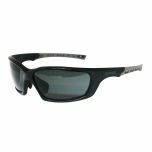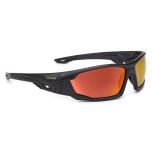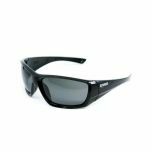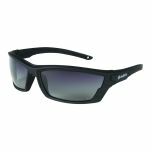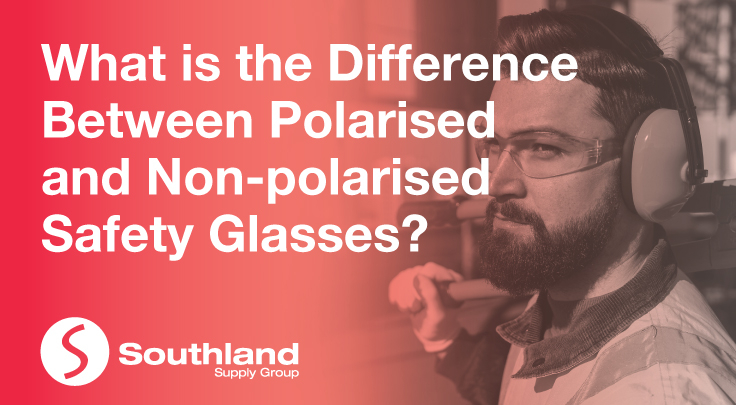
When it comes to eye protection, safety glasses are necessary in shielding our eyes from potential hazards in various environments. However, not all safety glasses are created equal, and one critical factor to consider is whether they are polarised or non-Polarised .
Polarised safety glasses are designed to filter and minimise glare from reflective or bright surfaces, enhancing visual clarity. On the other hand, non-polarised safety glasses provide protection from light but lack the built-in filter to block horizontal light rays or reduce glare.
In this blog post, we'll explore the key differences between polarised and non-polarised safety glasses, helping you make an informed decision when selecting the right eyewear for your needs.
Polarised Safety Glasses
Polarised safety glasses feature special lenses that contain a polarising filter. This filter helps to reduce glare and improve visual clarity by blocking horizontal light waves that cause glare from surfaces such as water, glass, or snow. This makes polarised safety glasses particularly beneficial for outdoor activities and environments with intense glare, such as construction sites, fishing, or driving.
Non-Polarised Safety Glasses
Alternatively, non-polarised safety glasses do not feature a polarising filter in their lenses. While they still provide protection against impact, debris, and UV rays, they do not offer the same glare reduction benefits as polarised lenses. Non-Polarised safety glasses are suitable for general indoor and outdoor use but may be less effective in environments with strong glare-producing surfaces.
Key Differences of Polarised Safety Glasses and Non-polarised Safety Glasses
Glare Reduction: The primary difference between Polarised and non-Polarised safety glasses lies in their ability to reduce glare. Polarised lenses effectively minimise glare from reflective surfaces, whereas non-Polarised lenses do not offer this feature.
Visual Clarity: Polarised safety glasses mostly provide superior visual clarity and contrast, especially in bright, sunny conditions. They can enhance overall visual comfort and reduce eye strain by minimising glare-induced distractions.
Versatility: While Polarised safety glasses excel in outdoor environments with glare, they may not be suitable for all situations. Non-Polarised safety glasses offer versatility and can be used in a wide range of settings, both indoors and outdoors.
Choosing the Right Option
When deciding between Polarised and non-Polarised safety glasses, consider the specific requirements of your work environment or activities. If you regularly encounter glare-producing surfaces or work primarily outdoors, Polarised safety glasses may be the ideal choice. However, if you need eyewear that offers general protection in various settings, non-Polarised safety glasses may suffice.
The difference between Polarised and non-Polarised safety glasses lies primarily in their ability to reduce glare. While Polarised safety glasses offer superior glare reduction and visual clarity, non-Polarised safety glasses provide versatility for a wide range of environments. By understanding these distinctions, you can select the right eyewear to protect your eyes effectively in any situation. Remember to prioritise comfort, fit, and compliance with safety standards when choosing safety glasses for optimal eye protection.

